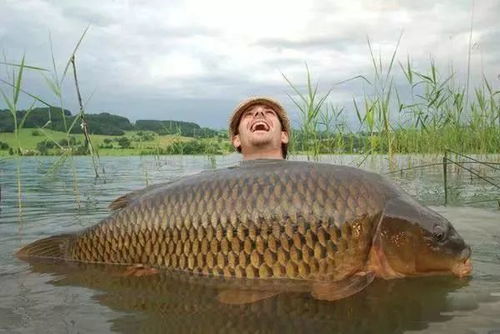Introduction: Fishing is an enjoyable outdoor activity that offers relaxation and a chance to connect with nature. Whether you are a beginner or an experienced angler, it is crucial to understand the basic techniques and tips to improve your fishing skills. In this article, we will discuss various fishing methods, provide helpful tips, and include visual illustrations to make the learning process easier. So, let's dive into the world of fishing and discover how to become a master angler!
Choosing the Right Equipment: Before starting your fishing adventure, it is essential to select the appropriate equipment. Here are some key elements to consider:
a. Rod and Reel: Choose a rod and reel that match your fishing style and target species. Lightweight spinning rods are ideal for beginners, while heavier rods are suitable for casting and heavier lures.
b. Line: Use a monofilament or fluorocarbon line depending on the water clarity and target fish. Monofilament lines are flexible and easy to cast, while fluorocarbon lines are less visible to fish and more resistant to abrasion.
c. Lures and Bait: Select the right lures or bait based on the fish you are targeting. Artificial lures, such as spoons, spinners, and jigs, are effective for attracting fish, while live bait like worms, crickets, or minnows can be more enticing.
Basic Fishing Techniques:
a. Casting: Casting is a fundamental technique used to present your lure or bait to fish. To cast effectively, follow these steps:
- Hold the rod with a comfortable grip and position the line on the rod's guide.
- Sweep the rod back with a smooth motion, winding up your wrist.
- As you reach the back position, stop winding and let the line flow out smoothly.
- Snap your wrist forward to release the lure or bait.
- Practice different casting techniques, such as roll casts, sidearm casts, and overhead casts, to improve your accuracy.
b. Trolling: Trolling involves moving your boat at a slow speed while dragging a lure or bait behind it. To troll effectively:
- Attach the lure or bait to your line and secure it to the rod's reel.
- Set the drag on your reel to prevent the line from snapping when a fish bites.
- Cruise your boat at a slow pace, keeping an eye on your line for any signs of a bite.
- Adjust your speed and depth to target different fish species.
c. Fly Fishing: Fly fishing is a unique technique that involves casting a weighted fly rod and using artificial flies to mimic natural insects. Here are the basic steps:
Attach the fly to the leader and tie it to the tippet.
Cast the fly rod with a smooth motion, aiming to land the fly on the water's surface.
Mend the line to keep the fly in the desired position.
Watch for any strikes or takes, and set the hook gently.
Tips for Successful Fishing:
a. Study the fish behavior: Understanding the habits and preferences of the fish you are targeting will help you choose the right techniques and bait.
b. Patience is key: Fishing requires patience, as it may take time to catch fish. Stay focused and maintain a relaxed mindset.
c. Adapt to changing conditions: Be prepared to adjust your techniques and equipment based on weather, water temperature, and other environmental factors.
d. Keep your gear clean and organized: Regularly clean and maintain your fishing equipment to ensure its optimal performance.
Conclusion: Fishing is an enjoyable activity that can be mastered with practice and knowledge of effective techniques. By selecting the right equipment, mastering basic fishing methods like casting and trolling, and applying helpful tips, you can improve your chances of success. So, grab your fishing gear, head to your favorite fishing spot, and enjoy the serene experience of fishing!












